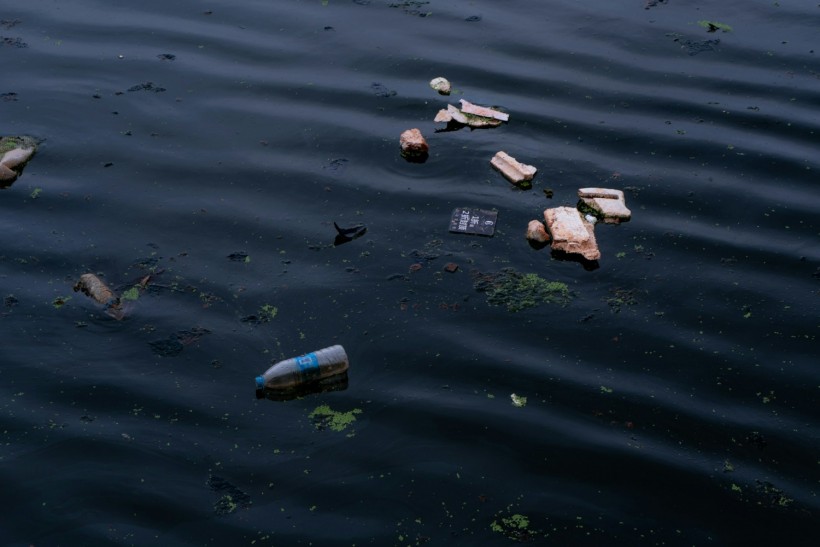Water pollution is an emerging environmental problem and ecological threat in the modern world, harming aquatic animals and their natural habitats. Nearby communities in these inland bodies of water are also affected by the water contamination. While there are various causes of pollution, previous research has identified spills or leaks from chemicals as the main contributors.
However, scientists recently found that there are other causes of water pollution other than the conventional chemicals from industrial, commercial, and residential establishments that we know of. According to researchers from the Federal University of Sao Paulo (UNIFESP), cocaine is an addition to water pollutants after traces of the drug were found contaminating the Bay of Santos in Brazil.
Water Pollution Hazards

(Photo : Photo by Xianyu hao on Unsplash)
Rivers, streams, lakes, creeks, and other inland bodies of water are vulnerable to a multitude of contaminants, aside from pollution impacting the world's open seas and oceans. For instance, water pollution is a site that is more observable due to its relative proximity with communities. Some of the most common signs of the contamination are floating dead fish and foul smell in the water.
In relation to this environmental problem, even solid waste in the form of plastic debris is also exacerbated by the world's rivers, oceans, and other aquatic ecosystems. Studies in recent years show that some marine animals such as sea turtles and whales have the tendency to eat plastic materials, which can lead to their deaths. The floating debris are mistaken by the animals for food.
Also Read: Water Pollution: Orange Peels Can Suck Up Mercury, New Study Shows
Cocaine Contamination
The cocaine contamination in the Bay of Santos was determined based on results from laboratory analyses conducted by researchers from UNIFESP. The findings show that Brazil, which is home to Latin America's largest seaport, is affected by the emerging contaminant. As a result, water pollution is contaminating also sediments and marine life across the state's coastal region.
The findings about the emerging drug contamination in Brazil's Bay of Santos is only part of the increasing threat posed by water pollution both to marine and terrestrial animals. Evidence shows consumption of toxic or contaminated water can lead to serious or lethal health hazards, a risk that is also applicable to humans. The pollution can also impact available water supplies.
Poor Drinking Water Quality
In a 2022 research paper published in the journal Frontiers, scientists found that over 50 kinds of diseases are caused by poor drinking water quality, adding 80% of diseases and 50% of child deaths in the world is associated to contaminated water, as reported by the World Health Organization (WHO). This means that communities that consume unclean water are more at risk.
According to the WHO, water pollution and weak sanitation measures are attributed to the transmission of various diseases; some of them include cholera, diarrhea, and hepatitis A. In its September 2023 report, the international health agency says children are the most at risk of water-related diseases and advocates that improved sources of water can lead to better health.
Related Article: Bacteria and Chemical Compounds From Coastal Water Pollution Can Reach People via Sea Spray Aerosol Along Beaches, Potentially Causing Complications
© 2024 NatureWorldNews.com All rights reserved. Do not reproduce without permission.





